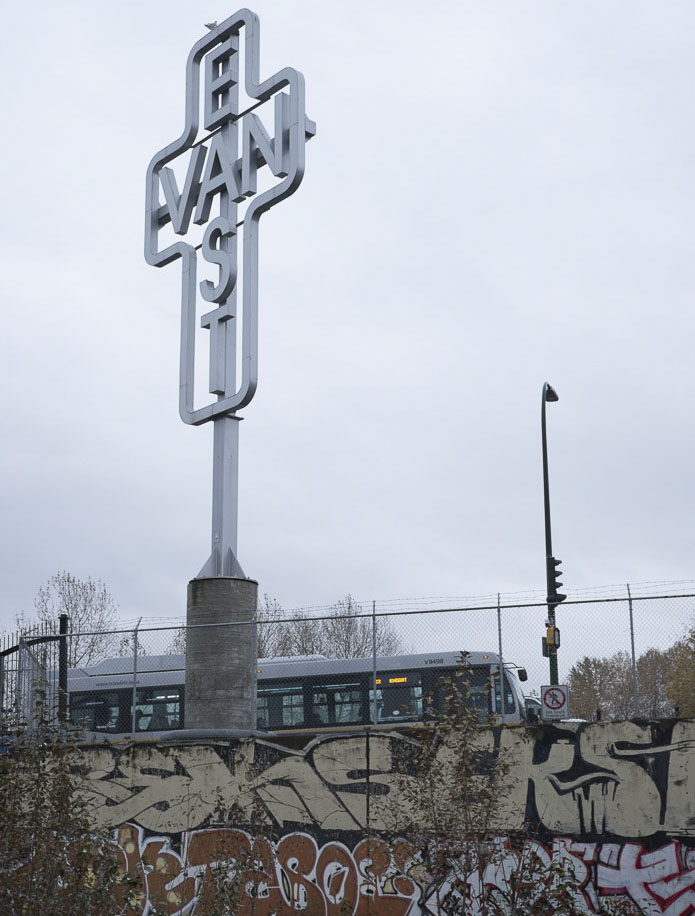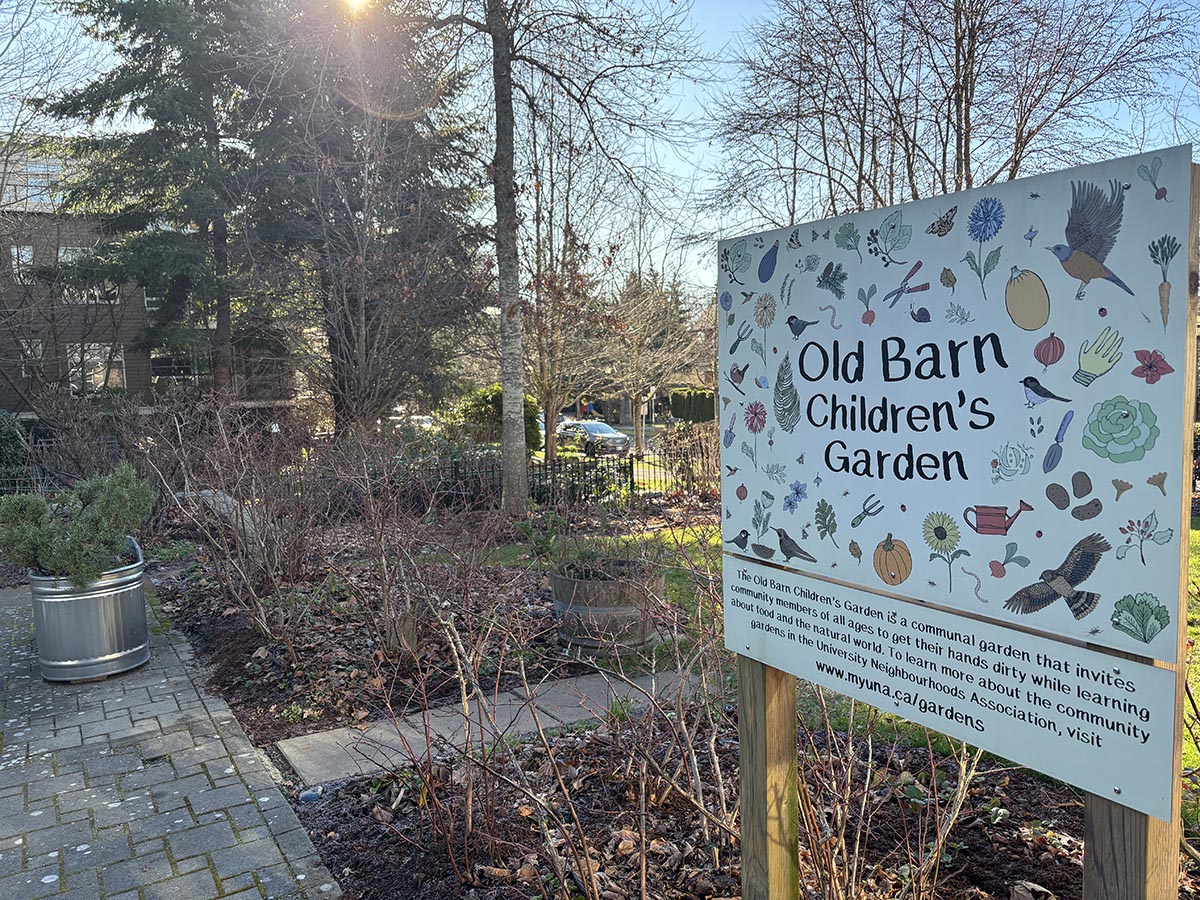My family headed east in December to see the East Van Panto’s holiday rendition of Robin Hood at the York Theatre. In this version of the story, a ragtag group of residents try to liberate Trout Lake Park from the clutches of privatization. It’s a funny and rousing play, and happily, the denizens of East Vancouver get their park back. Power to the people!
But who are the “people” of East Van, and where do their intense loyalties come from?
That got me thinking about our distinctive, but relatively young, neighbourhoods at UBC. With the exception of Hampton, founded in the 1980s, all UBC’s residential neighbourhoods date to the 21st century. With few exceptions, they are planned communities, developed by UBC and built on spec for condo buyers and UBC-affiliated renters (us, that is).
Most residents come from somewhere else—from all over the world actually. This is among our distinctive strengths as a community, but it also means we’re still newcomers to this place. Most of us are still learning about the deep and continuing Musqueam stewardship of ʔəlqsən (ulk-sen), also known as the Point Grey peninsula. We didn’t build the houses, shape the parks and public spaces, or even, for the most part, choose the flowers or plants that front our homes or line our streets.
Given our newness, and that we are guests on Musqueam and UBC land, how might we establish a sense of place, the kind of shared connection that can build community? Learning about the history of this place, and its embeddedness in the wider territories of Musqueam, UBC, and Vancouver is a start. But we also need opportunities to add our own contributions to our neighbourhoods.
We do have some special places in the neighbourhoods that have emerged from community initiatives. There is the Children’s Garden at the Old Barn, founded and run by volunteers and supported by the University Neighbourhoods Association (UNA). The Iona Labyrinth, adjacent to the Chancellor neighbourhood, is a place of both silent contemplation and connection. Or the semi-hidden treehouse (location undisclosed), built by hand with re-used wood and tires, long a favourite of local kids of all ages. These are beloved, locally curated spaces but they only scratch the surface of possibility for residents to contribute to the identity and community of our neighbourhoods.

Driving back from the theatre in the December dark, my family passed the iconic East Van cross, shining brightly above busy Clark Drive, East Van’s gateway to downtown. Commissioned for the 2010 Olympics, Ken Lum’s seventeen-metre cross drew on an East Van graffiti meme with a long but obscure history.
There are many possible sources of East Van identity and community, including its fine parks, schools, and community gardens. Public art plays a role too, though like Lum’s cross, public art is perhaps most successful when it emerges from local traditions and experience.
Beyond community gardens, makeshift treehouses, and the occasional labyrinth, perhaps we need a quirky piece of public art, something that emerges from our community. Probably not a statue of Robin Hood, but surely we have our own legends and stories to tell.
EAGLE GLASSHEIM IS CHAIR OF THE CAMPUS RESIDENT EDITORIAL BOARD. HE IS ALSO CHAIR OF THE UNIVERSITY NEIGHBOURHOODS ASSOCIATION AND IS A PROFESSOR OF HISTORY AT UBC. THE VIEWS EXPRESSED IN THIS ARTICLE ARE ENTIRELY HIS OWN AND DO NOT REPRESENT EITHER THE UNA OR UBC.
